Car Tags, Cheap Labor, Chain Gangs and an Inmate Cemetery.
According to Google’s question area, Florida inmates still make license tags. Their labor today is not so much “car tags, cheap labor and chain gangs” like it once could have been but prisoners still make tags that ride on the back of today’s autos. And upon their death, a tag is placed on their tombs. The prison system as we know it began after the Civil War somewhere about 1868, long before autos but the basic human behavior has stayed consistent. Man needs limits.
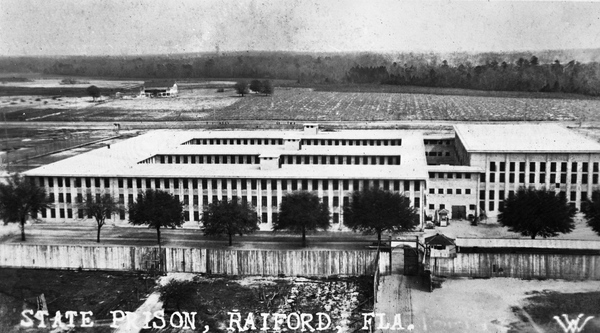
As Florida began to grow, workers were continually needed and the prison was a crowded place where businesses went to “lease laborers”. In 1877, Florida Governor George Drew and the first President of Jacksonville’s board of trade, ensured a leasing program whereby private businesses and industries could get the workers needed to move forward their workforce. To lease workers they would need to house them, feed and clothe them.
In 1911 the legislature began providing funds for establishing an actual prison farm which was completed in 1914. Prisoners were leased out to help build the new Florida growth. By 1915, prisoners grew crops on the prison farm, tended to animals and more. The prison was a working Florida farm. Men tended to harder labor and women to cooking, gardening and sewing.

According to Scott Winters’ article, “Do Prisoners Really Make License Plates?”, the answer is that about 80% of plates made in the U.S. are made by about eight prisons.
The Florida Highway Safety and Motor Vehicles indicates that “its first motor vehicle registration certificate” was on August 1, 1905. With popular demand, over the years the department has “developed ways to regulate the motor vehicle industry”. From paper file to micro-film and now online

With the onset of the new automobile, a man from Jacksonville and also the 19th Governor of Florida, Napoleon Bonaparte Bowden signed new laws requiring residents to pay a $2. registration fee to register their vehicles. The first tag was made of leather and issued in 1906. Some people made homemade tags at the onset but by 1915 certified tags were required and by 1907 Florida had 132 automobiles registered.
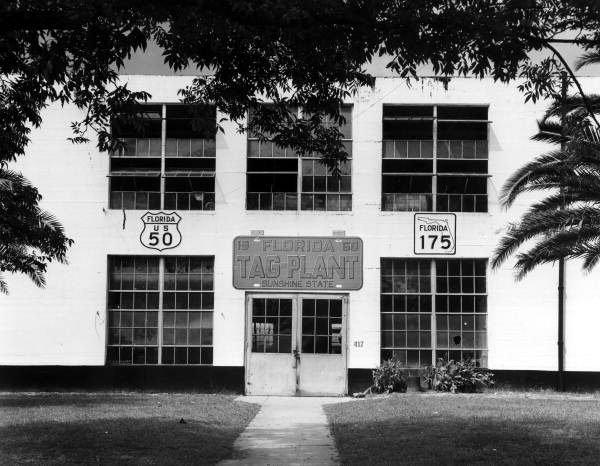
In the 20th century it is said that the early prison system could be harsh and unreasonable to inmates so by 1923 reforms were made. In 1927 the Florida Department of Corrections built an auto tag plant thus giving inmates clear work schedules and ways to pay their debt to society. Over the years there have been continued reforms for inmates but making tags is still an option.

The PRIDE(Prison Rehabilitative Industries and Diversity Enterprises) program began in 1981 and a rehabilitative program for prisoners. For years, prisoners made license plates for PRIDE’s prison work program and they were sold to the Department of Highway Safety and Motor Vehicles. Scott Winters of FGR radio, says when he was small “his parents would tell him that if he didn’t behave he’d end up having a life in prison making license plates”. I’m glad to see he must have paid attention being at a broadcasting business when his article was written.
In 2013 a program run by Prison Rehabilitative Industries and Diversity Enterprises ( PRIDE) continues to organize work efforts for inmates and tag making is one of the tasks. On their website it says: “PRIDE is a self-funded enterprise whose mission makes a positive difference in Florida. We make communities safer and save taxpayers money by training eligible inmates in vocational skills and transitioning them into the job market upon completion of their sentences. This job-centered approach lowers the number of repeat offenders and reduces criminal justice costs for all citizens.”
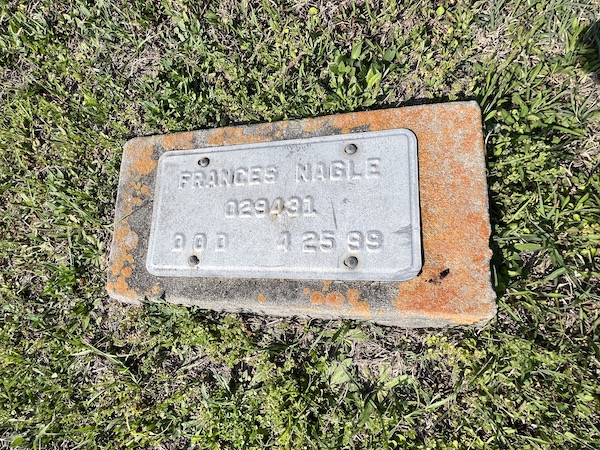
When an inmate dies in the Union County prison, a tag is made for the tomb stone of the inmate. The cemetery is located on the grounds of the prison just down the road from the front gate to the prison. The tag is simple, has the name of the inmate, the inmate’s prison number and DOD (Date of death).
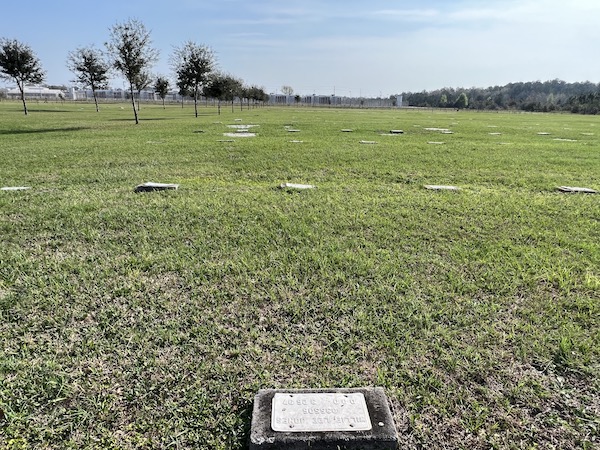
There are some former Jacksonville residents buried there such as Frank Johnson, Will Champion, Roy Dunwood, John Simmons, and Lloyd Odell Salter, to name a few; all convicted criminals. Donald Davidson died at Union Correctional Institution in Raiford this week. There is no word if a tag was made for his grave. If and when it will say “Donald Dillbeck, 068610, DOD-2-23-23 (DOD-date of death).
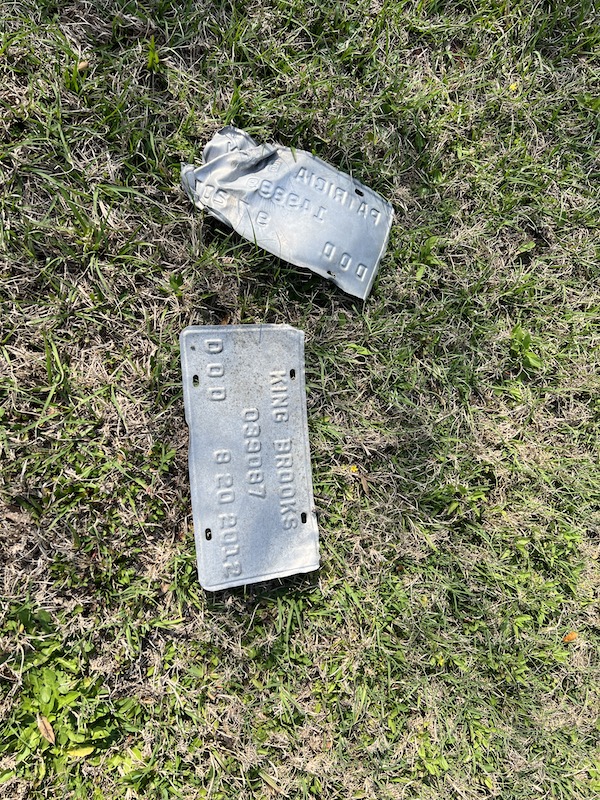
At the time of death, nothing matters but the relationship to one’s Maker. Of course, we hope rehabilitation for each person in the cemetery has taken place with God. May we all realize- “There go I save the grace of God”. Trust Him today.
See you tomorrow,
Nan
“Keep thee far from a false matter; and the innocent and righteous slay thou not: for I will not justify the wicked. Exodus 23:7”
“Thou shalt not kill.” Exodus 20:13
Sources: Bible, Florida Department of Corrections , Rob Goyanes, Wikipedia, dc.state.fl.us- Personal visit.